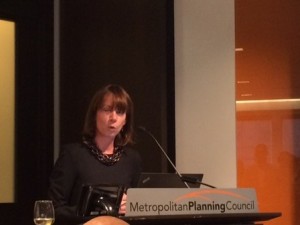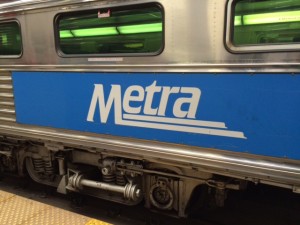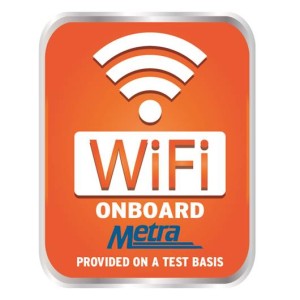 By Richard Wronski/ Chicago Transportation Journal
By Richard Wronski/ Chicago Transportation Journal
“It’s a street fight,” says Janette Sadik-Khan. “It is a fight to make space for people. … It is a fight we can win and it is a fight we must win because when you change the street you change the world.”
Sadik-Khan served as New York City’s transportation commissioner from 2007 to 2013, a tenure that was both transformative and turbulent. She won international renown for her efforts to tame the city’s notoriously clogged streets, turning scores of traffic areas into pedestrian plazas and carving hundreds of miles of protected bike lanes.
But while many considered Sadik-Khan a visionary, others found her divisive. As a top commissioner under former Mayor Michael Bloomberg, she was – like him — sometimes faulted for a “my-way-or-the-highway” style of leadership. Her programs drew frequent flak from politicians, businesses and community groups. As expected, the controversial Sadik-Khan was red meat for New York’s tabloids. One columnist labeled Sadik-Khan the city’s “wacko nutso bike commissioner.”
Through it all, the outspoken Sadik-Khan never fled from a battle with a borough president or a clash with status-quo transportation doctrine. Thus, it’s no surprise she titled her new book, “Streetfight: Handbook for an Urban Revolution.”
Sadik-Khan spoke in Chicago Tuesday before more than 100 transportation officials and wonks as part of the Metropolitan Planning Council’s Urban Think & Drink series. It was clear many were fans.
For those not as familiar with Sadik-Khan, here are some takeaways from her address:
Transportation officials…

